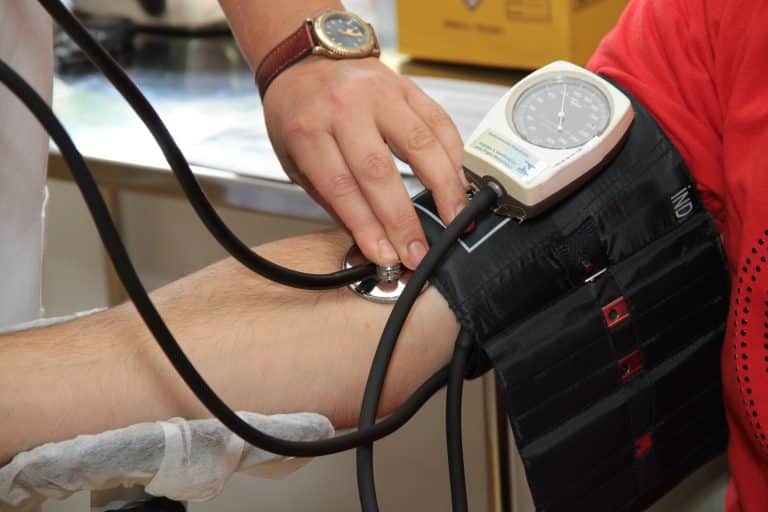CNA Communication and Interpersonal Skills 2
Mary has just moved into your facility. What are your options as a CNA?
You will probably spend more time with residents as a CNA than any other team member. Spend some time introducing newcomers to the neighborhood and showing them around. Do your best to make new residents feel at ease in their new environment because they may experience anxiety upon entering a new facility.
If a patient speaks a different language, how can you communicate?
When a patient speaks another language, use non-verbal methods to communicate. Gestures and facial expressions are useful. Picture boards and drawings can help convey messages between the two of you. Patients are grateful when staff makes an effort to explain. Never ignore someone because of a language barrier.
When asking questions, a good rule to remember is to
Questions are a valuable part of communication. With clients, you can learn more by asking more about what they tell you about their health, symptoms, feelings, and preferences. With co-workers, you can find out about their hobbies, families, and plans. With information from questions, you are able to build better relationships . When asking questions, listen without interruption. Ask open-ended questions that require more than a "yes" or "no" response. If you want to clarify, ask, "Are you saying...?"
Which is NOT an example of clarification?
Clarification is a way of making sure that you have understood what the other person has told you. It reassures the other person that you are listening and seeking confirmation of what you have heard. Clarification is especially helpful when discussing a sensitive or difficult issue.
A good way to build a relationship with a resident is to
When you are working with a resdient in a long-term care facility, you will start to notice their non-verbal responses to different situations. They may look down with their hands in their lap when they are sad, or wave you away when they are angry. When you learn their personal style, you can "inerpret" their mood and communicate appropriately. "You seem sad, Mary. Can you tell me why?" or "What's wrong, John? You seem angry."
Which is a good way to start a conversation with patients?
To start a conversation, or to learn more about others, use open-ended questions. These are questions that require thought and more than a one word answer. Examples of open-ended questions: "How did you meet your spouse?" "Tell me your favorite childhood memory." "How did you come to live here?"
Typical impairments that may make it more difficult for you and your patient to communicate effectively include
The speech center of the brain may be harmed in patients who have had a stroke or other head injury, leading to aphasia. Aphasia's primary symptoms are difficulties reading and writing, difficulty understanding speech, and trouble selecting the right words to use when speaking.
Which of the following approaches of managing anger and frustration is appropriate for a CNA?
Every healthcare provider eventually loses patience with a difficult patient or circumstance. Don't ignore your emotions. It's crucial to locate a secure channel for voicing your worries. Keep in mind the laws governing client privacy and refrain from discussing matters with coworkers and friends. Supervisors have experience and can provide opinions and recommendations. Keep in mind that working with clients may be enjoyable and challenging at the same time.
A helpful tip to keep in mind when asking questions is to
Communication benefits from the use of questions. Asking customers more questions about their health, symptoms, sentiments, and preferences will help you understand more about them. You can learn about coworkers' interests, families, and plans by talking to them. You can create stronger relationships with the help of knowledge from inquiries. Listen without interrupting when someone is asking a question. Ask open-ended inquiries that call for more information than a simple "yes" or "no." Are you saying...? can be used to get further information.
Non-verbal communication includes
Non-verbal communication makes up over half of how we convey our messages. Our facial expressions, eye movements, tone and pitch of voice, posture, and gestures can convey more than our words. Touch and how far we stand from another person are also non-verbal cues. Non-verbal communication can be more honest than the words we speak. Non-verbal communication includes tone of voice. Even though words are being spoken (verbal), the way the words are spoken is nonverbal. We use verbal and nonverbal together all the time, without even noticing.
A patient's child died in the accident they were both in. What should the nurse aide do?
When someone has lost a loved one, acknowledge the death and express your concern. Don't hide your feelings or deny theirs. Offer support. Ask how they are feeling and listen carefully. Losing a child is considered the worst loss, so your kindness and compassion are extremely important at this time.
A case of negative body language is
Negative body language can be quite effective and can negate what you are saying. A physical barrier between you and other people is represented by placing your hands on your hips, crossing your arms, or creating a "steeple" with your fingers. Keep in mind that more than 50 percent of communication does not include words. Make supportive gestures rather than ones meant to alienate others.
How can the nurse aide show they are interested and listening to a client?
Active listening can build relationships and solve problems by eliminating judgment and keeping communication open. When using active listening, be relaxed and attentive. Block out distractions. Use non-verbal cues such as eye contact and leaning towards the speaker. Don't interrupt the speaker. Be open and try to imagine their point of view. Ask thoughtful questions to learn more. The goal is to a common understanding and agreement.
What should a nurse aide do when a resident comes out their room wearing mismatched slippers?
If a resident is confused, or accidentally makes a mistake, do not embarrass or humiliate them. Help them fix the matter and don't mention it again. Try to help them avoid mistakes by organizing their clothes by outfit or arranging shoes in a different way. Look from their perspective: Do colors look similar? Is there enough light to choose proper clothing? Do the same as you would want someont to do for you.
Mrs. King wants to know why her indwelling catheter must always be kept below the level of her bladder. You reply
Answer questions honestly. Explain in a way that the patient can understand. If you don't know the answer, tell the patient you will find out for them, and then find someone who can give the correct information. In this case, tell Mrs. King that the drainage bag should remain lower than her bladder to prevent backflow of urine, which could cause an infection.
A common impairment that can complicate effective communication between you and your patient include
When a client has suffered a stroke or other head injury, the speech center of the brain can be damaged, resulting in aphasia. Main signs of aphasia include difficulty finding appropriate words when speaking, trouble understanding speech, and difficulty with reading and writing.

